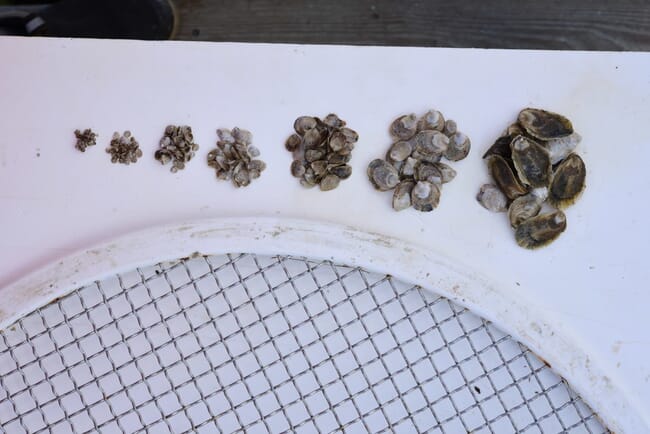Using broodstock that was conditioned over eight weeks, hatchery technician Allison Fitzhugh used a scalpel to extract gametes from shucked ripe eastern oysters (Crassostrea virginica).

The next step involved pooling eggs from diploid females (those with two sets of chromosomes) were mixed in seawater with the sperm from tetraploid males (those with four sets of chromosomes). Fertilisation happened in a matter of minutes and cell division occurred over a 24-hour period.
In 24-48 hours post-fertilisation all the fertilised eggs will be free-swimming oyster larvae on their way to becoming seed.
The company then placed as many as 115 million fertilised eggs in its 1,500-gallon tank where the new larvae are growing. In just four weeks, the company’s first oyster seed of 2020 will be available.
Hoopers Island has partnered with Algafeed this year to condition the broodstock and are now conducting onsite trials to identify the optimum food for the seed.
The larvae have a setting rate of 15 to 20 percent with an average of 18 to 20 percent. Seed is offered in sizes from 1 to 12mm.


